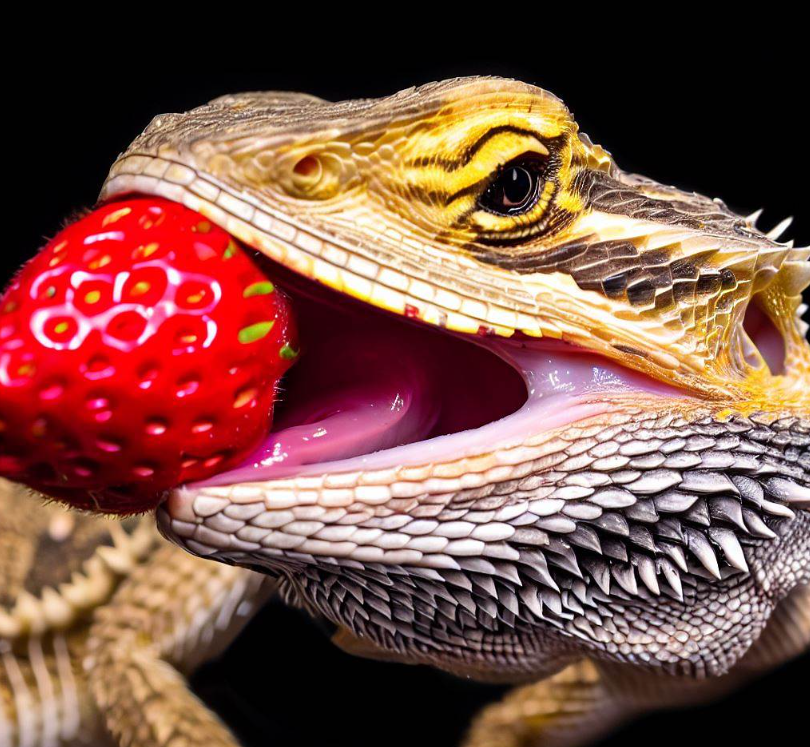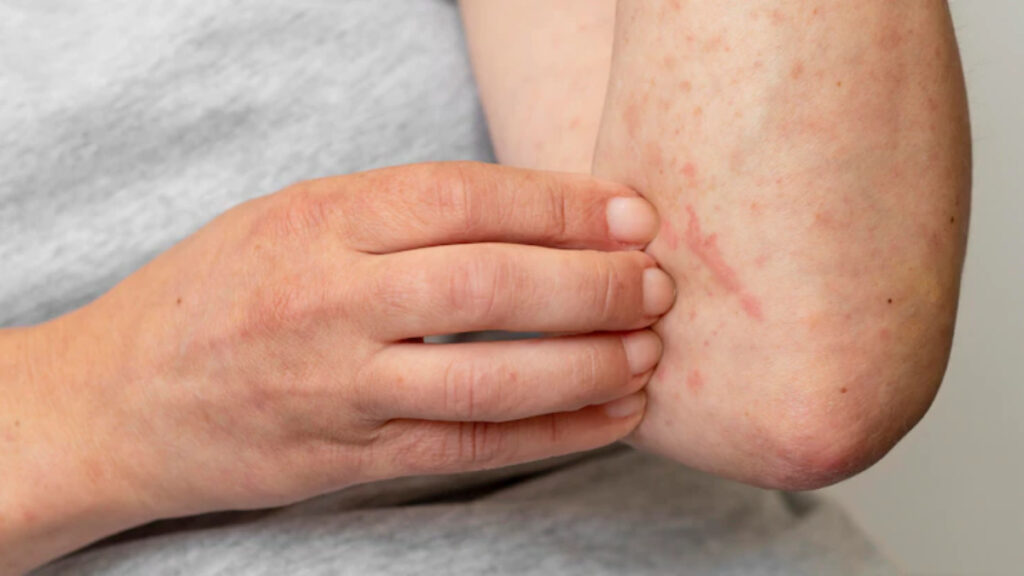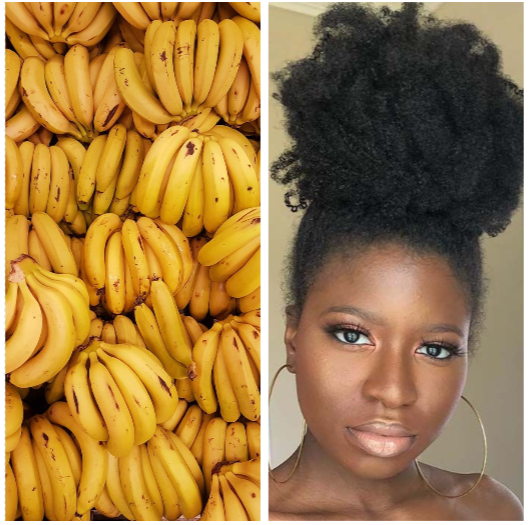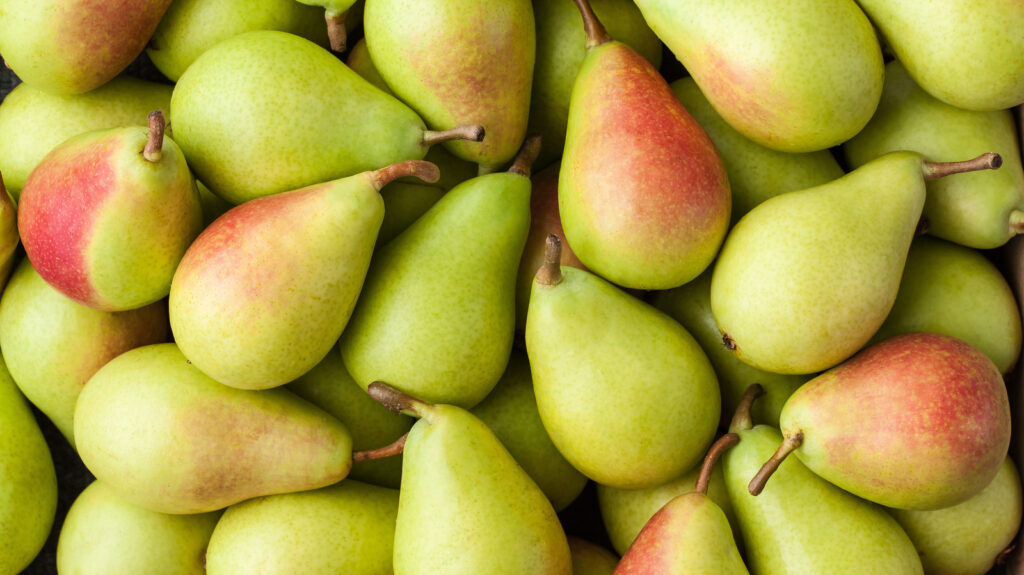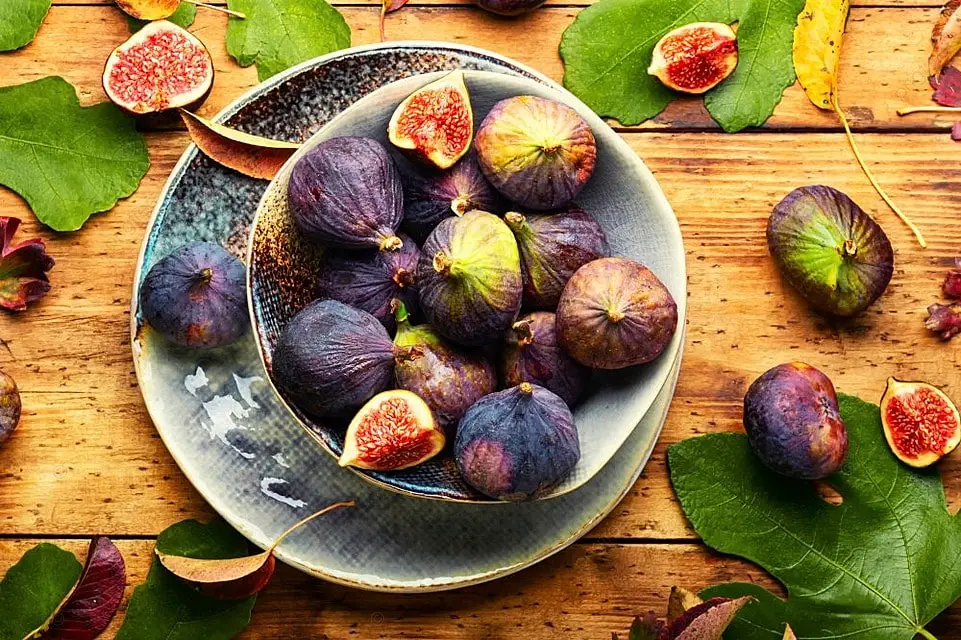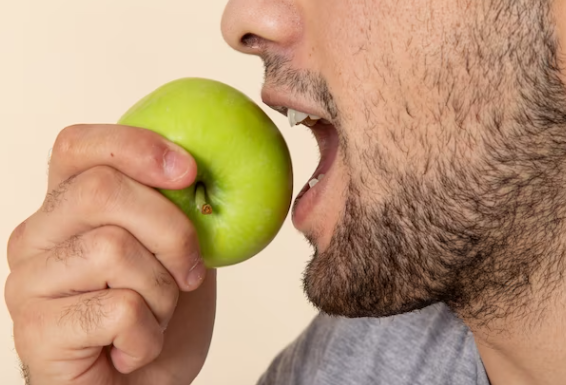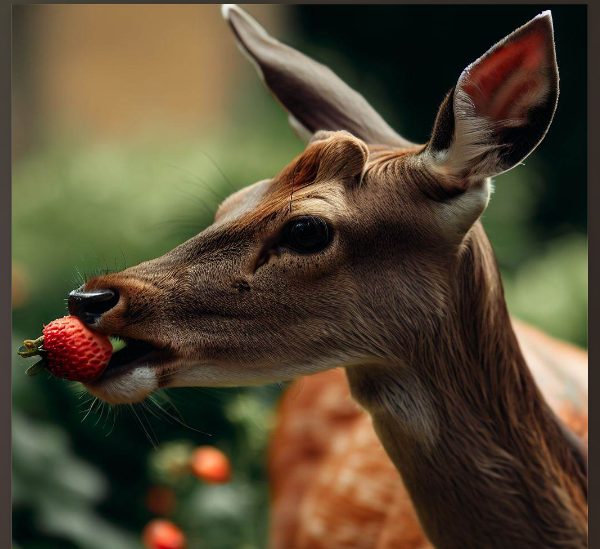Most of us know bananas as yellow, but have you ever seen ones that are red? Beyond the commonly found Cavendish banana, there are actually more than a thousand banana varieties in various colors around the world.
One such delightful variety is the red banana, which is becoming more well-known. These small bananas stand out with their bright red skin and have a sweet, creamy inside. This guide will tell you everything about red bananas, how they’re different from the usual yellow ones, how you can use them, and what good things they can do for your health.
Table of Contents
Understanding Red Bananas
Red bananas, also called Cuban red bananas or Lal Velchi, are short, fat types of bananas. They come from India and Southeast Asia. Typically, they have a skin that is a red or burgundy color with inside flesh that is light yellow to cream.
They come from a mix of two banana species, Musa acuminata and Musa balbisiana, which both originally grew in Southeast Asia.
Red bananas are smaller than the Cavendish types we usually see in the supermarket. They’re normally just 3 to 6 inches long, which is great for a quick snack or to add to a fruit salad.
The red banana is known for its sweet taste and creamy, tender texture that becomes almost pudding-like when it’s ripe. It has a faint smell that’s a bit like a mango.
Distinguishing Red Bananas from Yellow Bananas
Red and yellow bananas may be relatives, but they have several important differences besides their color.
Let’s take a look at how they differ:
- Size: Red bananas are shorter and chubbier, while yellow bananas are longer with a curve.
- Shelf life: Red bananas bruise more easily and don’t last as long. Yellow bananas can stay good for 1-2 weeks.
- Purpose: Red bananas are better for eating on their own due to their size. Yellow ones can be used for banana bread, smoothies, and more.
- Taste and texture: Reds are sweeter with a creamier feel, while yellows are slightly less sweet with a firm texture.
- Nutrition: Reds pack more vitamin C and other healthy compounds, while yellows have more potassium and dietary fiber.
- Price: Red bananas usually cost a little more due to their uniqueness. Prices can change with seasons and location.
| Feature | Red Banana | Yellow Banana |
|---|---|---|
| Size | Short & Plump | Long & Curved |
| Shelf Life | Shorter | Longer |
| Skin Color | Rich red/maroon | Vivid yellow |
| Flesh Color | Light yellow | White |
| Texture | Smooth, like custard | Firm, starchy |
| Flavor | Sweet with hints of mango | Mildly sweet and starchy |
| Nutrients | More vitamin C & antioxidant | More potassium & fiber |
| Common Uses | Eating raw as a snack | Cooking, making smoothies, baking |
Red bananas are not just smaller with a smooth, sweet inside and a wonderful red skin. They are also full of vitamin C and antioxidants. Yellow bananas are larger with starchy, white inside and a yellow skin. They last longer once picked and are a big source of potassium and fiber. They are also great for making various recipes because of their size and consistency.
In short, red bananas give you a sweet, flavor-filled experience, while yellow bananas provide more fiber and options for cooking. They each have their own special qualities!
The Roots of Red Bananas
Red bananas have their beginnings in India, Southeast Asia, and Central America. Then, people brought them over to Hawaii and other warm places where bananas grow well.
In the United States, many of the red bananas we eat come from Central America, Ecuador, and Colombia. Costa Rica sends more than a million tons of them to the U.S. each year.
Within the U.S., places like Florida and Hawaii are the main spots where red bananas are grown. These areas have the humid and warm weather bananas need to do well.
Even though yellow bananas are the big favorite in terms of how many are grown, red bananas add a wonderful splash of color and something different to the world of bananas.
What’s Good About Red Bananas?
Red bananas may be small, but they are full of goodness. Here are some of the healthy stuff you can find in them:
- Potassium: Reds have lots of potassium, which is very important for keeping your heart healthy, making your muscles work right, and maintaining a good balance of fluids in your body.
- Vitamin C: These bananas have more vitamin C than yellow ones, and vitamin C is great for your immune system.
- Fiber: The pectin in red bananas is a type of fiber that helps control how fast your stomach empties and makes you feel not hungry for longer.
- Vitamin B6: This vitamin gives you energy and helps make red blood cells.
- Magnesium: Red bananas give a good amount of magnesium, which is necessary for strong bones and making energy.
- Antioxidants: The red peel has antioxidants like catechins and carotenoids that help protect your cells from damage.
- Prebiotics: These bananas have compounds that feed the friendly bacteria in your gut.
Because of all these nutrients, red bananas can help you get more vitamins, minerals, and beneficial plant compounds that are important for your health when you add them to your diet.
wellbeing.
What Do Red Bananas Taste Like?
Maybe you haven’t tried red bananas before and you’re curious about their taste. Imagine a mix between the sweetness of yellow bananas and the tartness of raspberries, with a little apple flavor thrown in.
When they’re ripe, they have a creamy texture and taste very sweet. They even smell a bit like mango, which makes them feel even more tropical. They’re not sour like yellow bananas can be sometimes.
Because they’re so sweet, they’re great to eat by themselves. Plus, kids often like them because they’re smaller and taste sweeter and less banana-like than the usual yellow ones. If your child doesn’t like yellow bananas, they might still like red ones.
Why not give red bananas a try? The lovely color and the smooth, rich texture make them a special treat.
Choosing the Best Red Bananas
Finding the perfect ripe red bananas is easy once you know what to look for:
- Color – The peel should be a deep red or purple without any green or yellow parts. Try to avoid bananas with lots of black spots.
- Feel – They should be a bit soft if you squeeze them gently, but not squishy. Stay away from ones that feel too hard.
- Smell – Ripe ones will have a sweet, fruity smell. Don’t pick ones that smell like they’re going bad.
- Tip – The end might be brown, but the rest of the banana should have a really nice color.
- Size – Smaller bananas around 4 inches long usually taste the sweetest.
- Appearance – It’s normal for them to have a few bruises, but avoid any with big splits, mold, or lots of dark spots.
Look out for signs that the bananas might not be good anymore, like a really strong smell, a squishy texture, or lots of dark spots. Choose bananas that look and smell the freshest for the best taste and health benefits.
